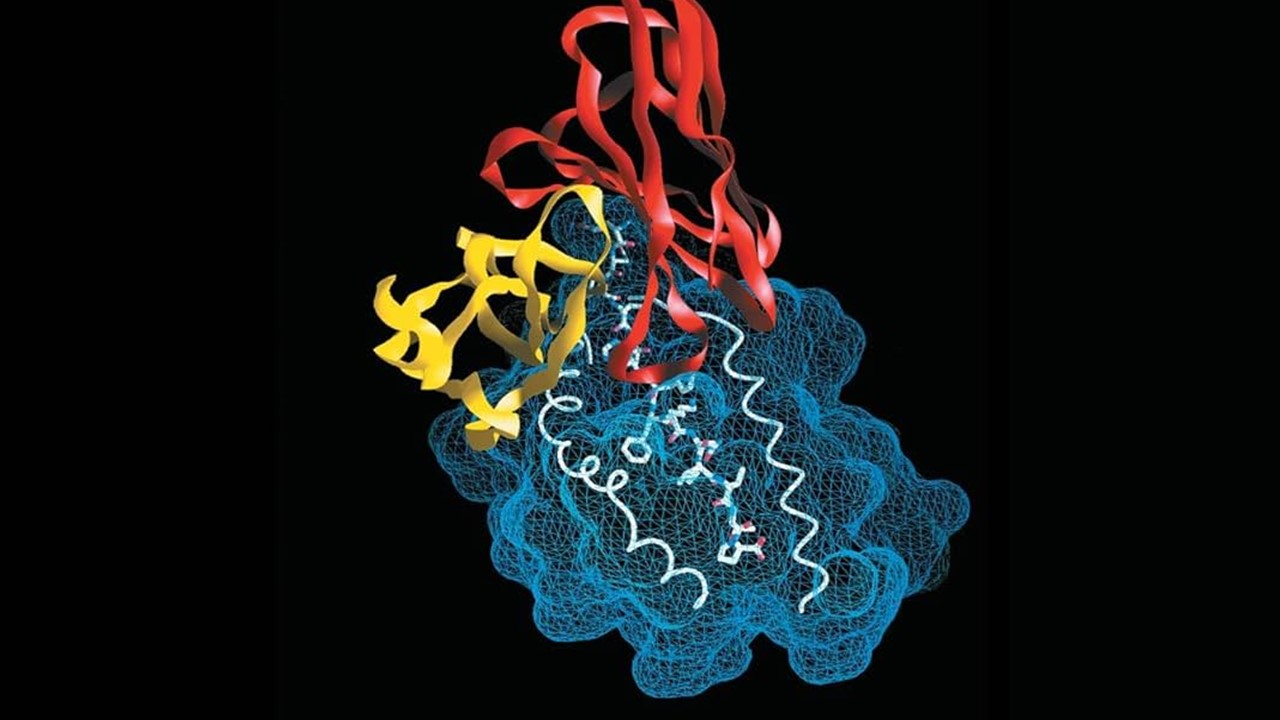The field of RNA interference (RNAi) has revolutionized the way scientists understand gene expression and its regulation. RNAi, otherwise known as Post-Transcriptional Gene Silencing (PTGS), is a process in which small RNA molecules, such as small interfering RNA (siRNA), can be used to silence specific genes. It is an established physiological reaction to double-stranded RNA that regulates the synthesis of protein-coding genes and facilitates resistance against both endogenous parasite and foreign harmful nucleic acids.
This process holds great promise for treating a wide range of diseases, including cancer, viral infections, and genetic disorders. However, efficient and selective delivery of siRNA to target cells in the human body remains a significant challenge. In a recent study published in the journal Chem, researchers from the Universities of Amsterdam and Leiden have developed molecular nanocages for the targeted delivery of siRNA to specific cells.
Nanocages for siRNA Delivery
Ditopic ligands, which are tiny molecular building blocks, are joined by metal atoms to form the nanocages the researchers created. The resulting 12 metal atom and 24 ligand M12L24 nanocages offer a reliable framework for siRNA strand binding. To generate a variety of nanocages with various siRNA binding affinities, the researchers developed and synthesized five distinct ligands. The connecting metal for creating the siRNA binding nanocages was either platinum or palladium.
Delivery Characteristics of Nanocages
The team of investigators used various human cancer cells in an attempt to check the transport of the nanocages. They discovered that the chemical makeup of the nanocages affected how the nanocages were carried out. For instance, palladium-based Pd12L24 nanocages delivered siRNA to HeLa cells with favorable results but not as efficiently to U2OS cells. Conversely, siRNA was effectively delivered to U2OS cells by platinum-based Pt12L24 nanocages yet insufficiently transported to HeLa cells.
Tunable siRNA Delivery
The study emphasizes the potential of M12L24 nanocages as in vitro delivery vehicles for cell-specific siRNA. The scientists anticipate additional advancements in this field and think that the customizable siRNA delivery properties of their nanocages could be exploited to create highly selective RNA nanomedicines.
This discovery marks a significant step towards the creation of more potent and accurate RNAi therapeutics. Targeted siRNA delivery systems are crucial for the advancement of RNAi as a therapeutic tool.
Study DOI: 10.1016/j.chempr.2023.03.018
Engr. Dex Marco Tiu Guibelondo, B.Sc. Pharm, R.Ph., B.Sc. CpE
Editor-in-Chief, PharmaFEATURES



















